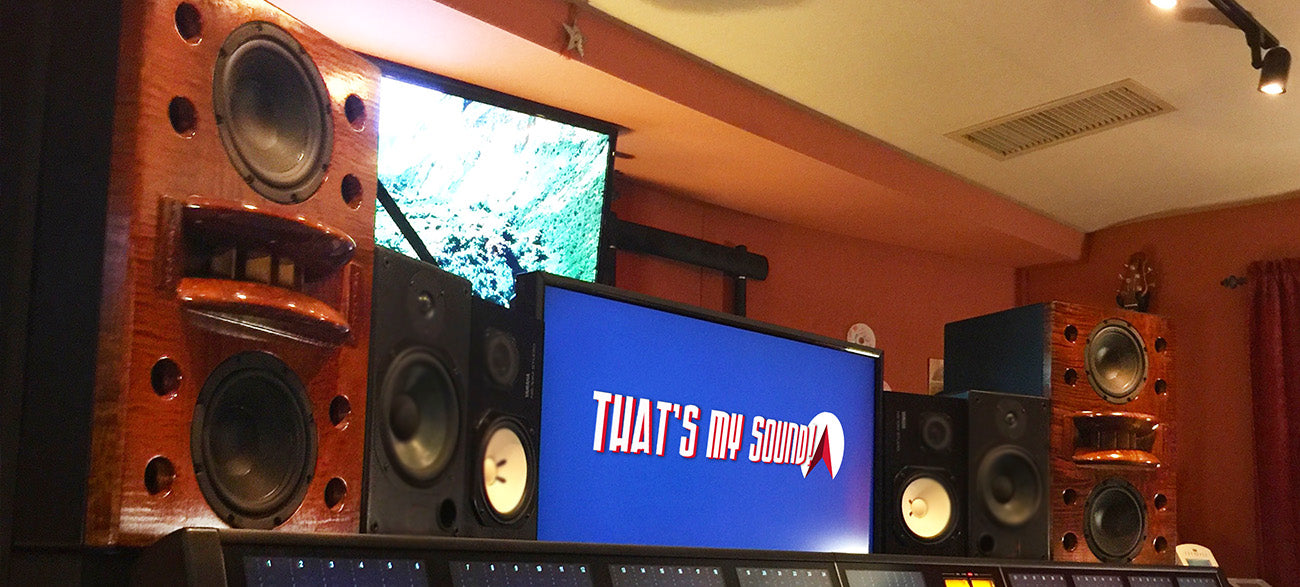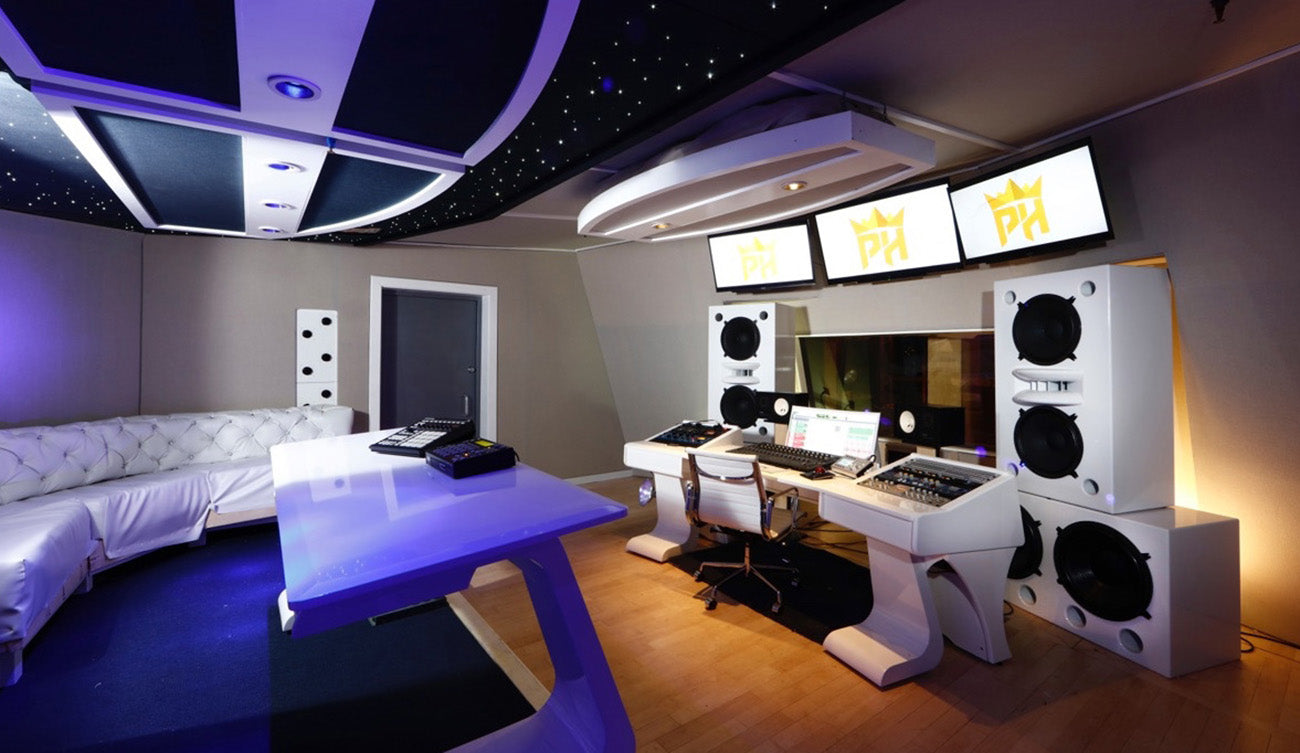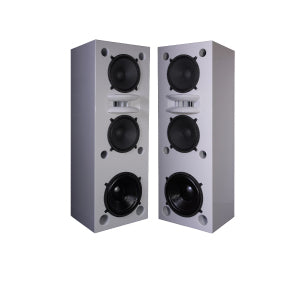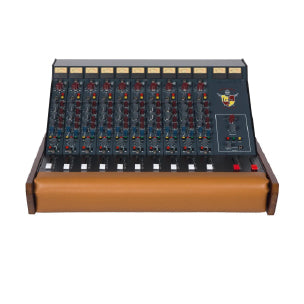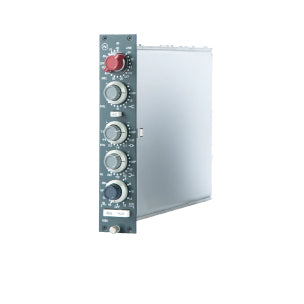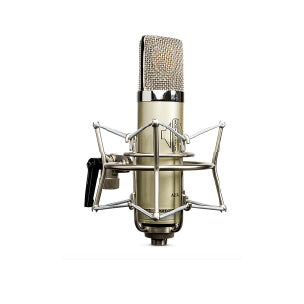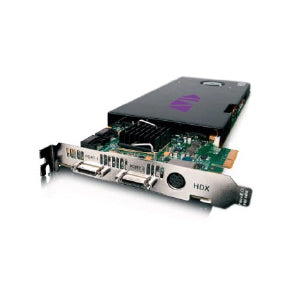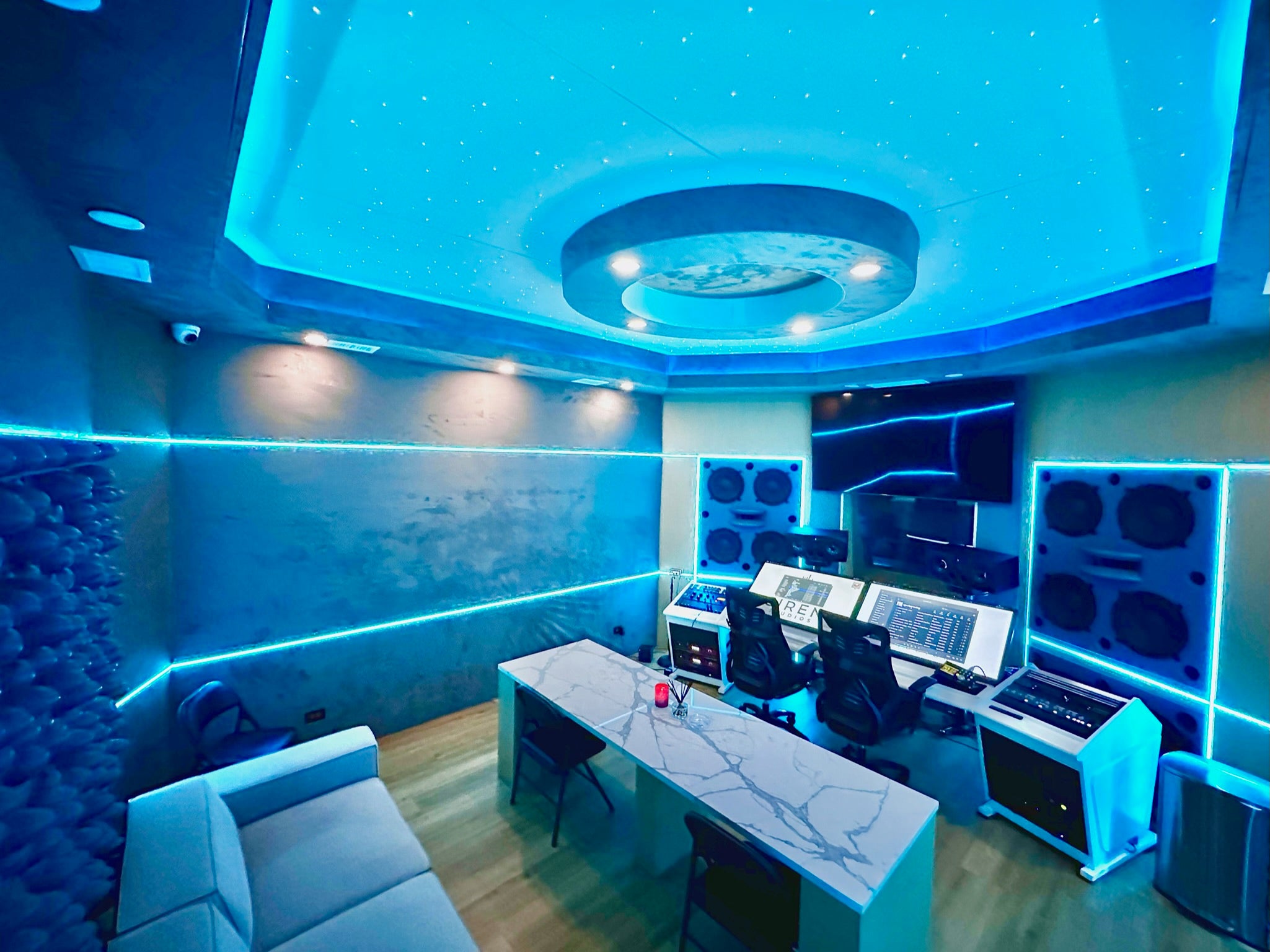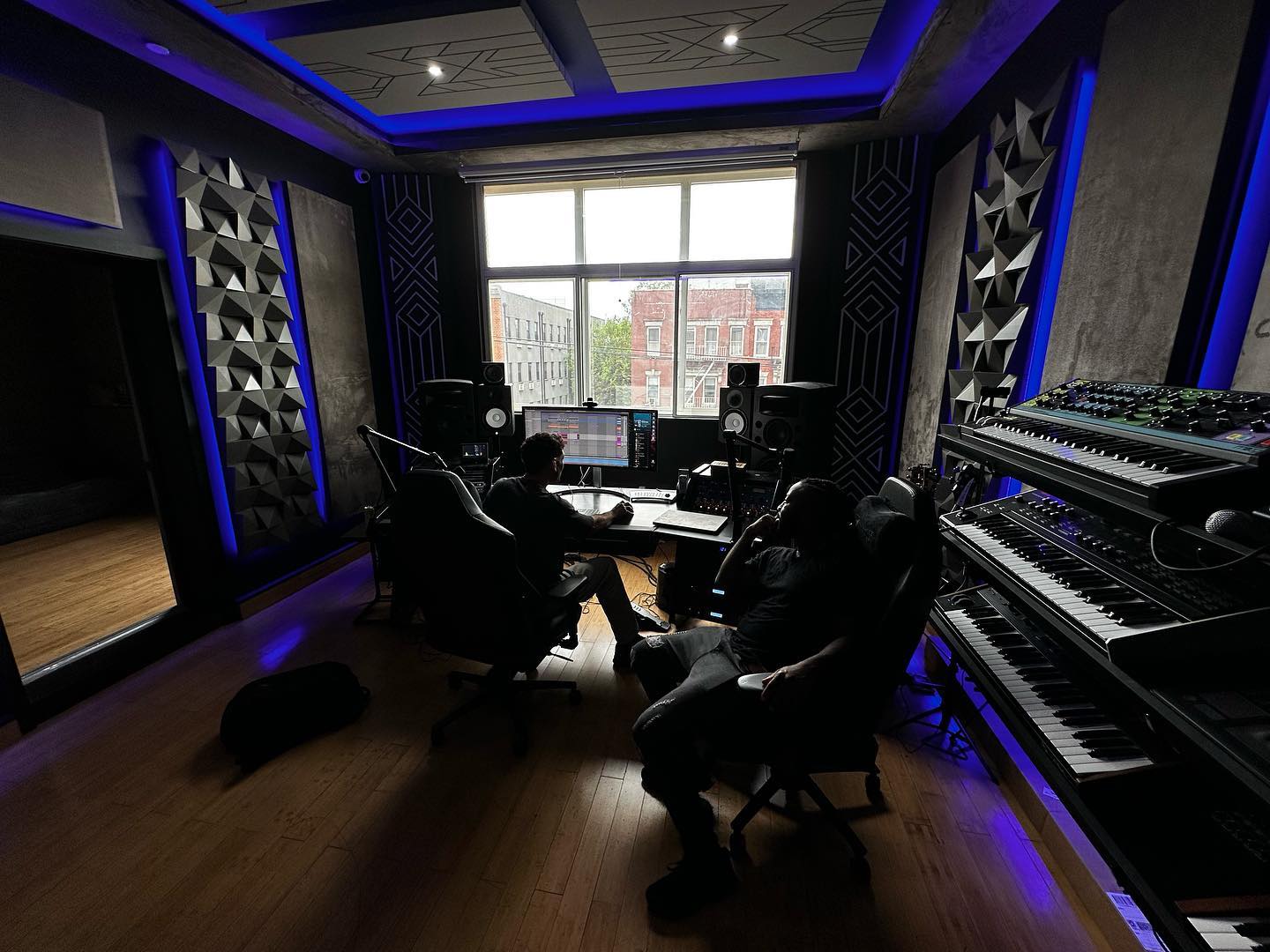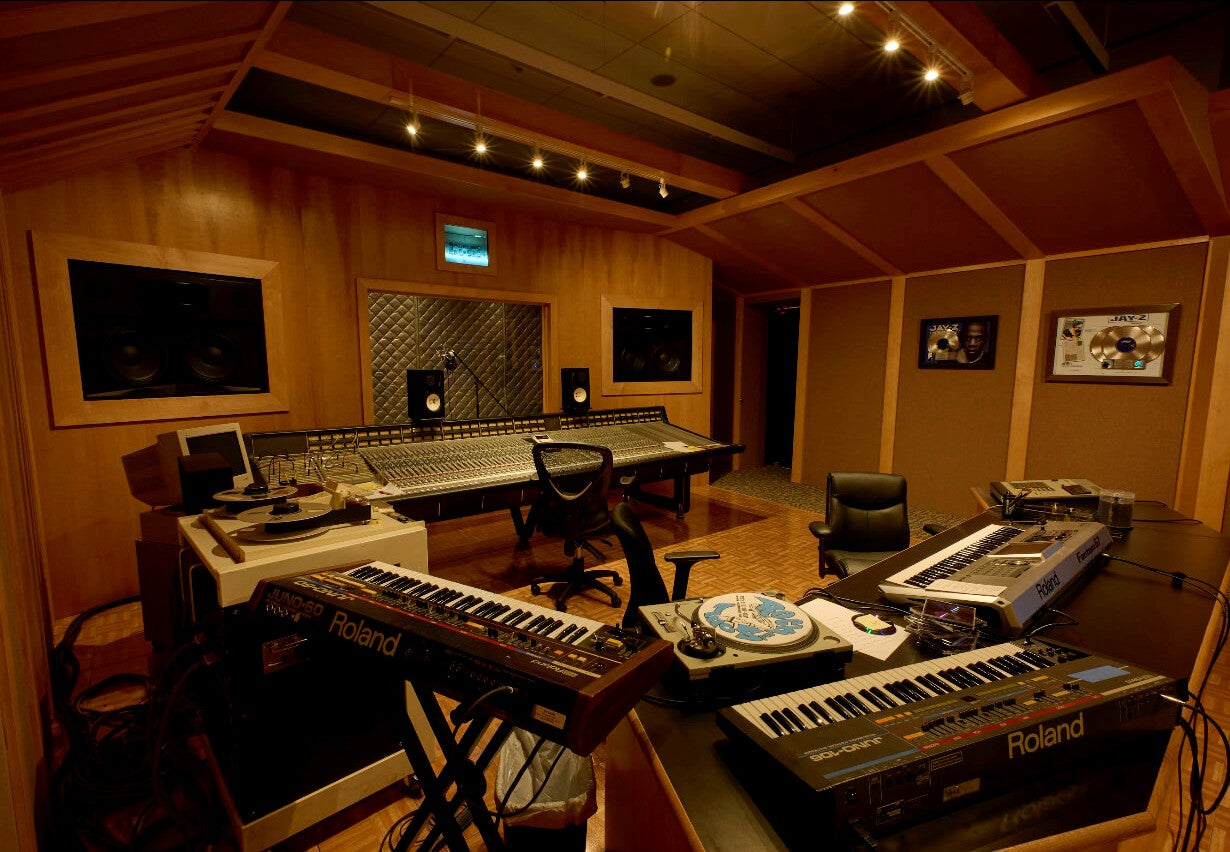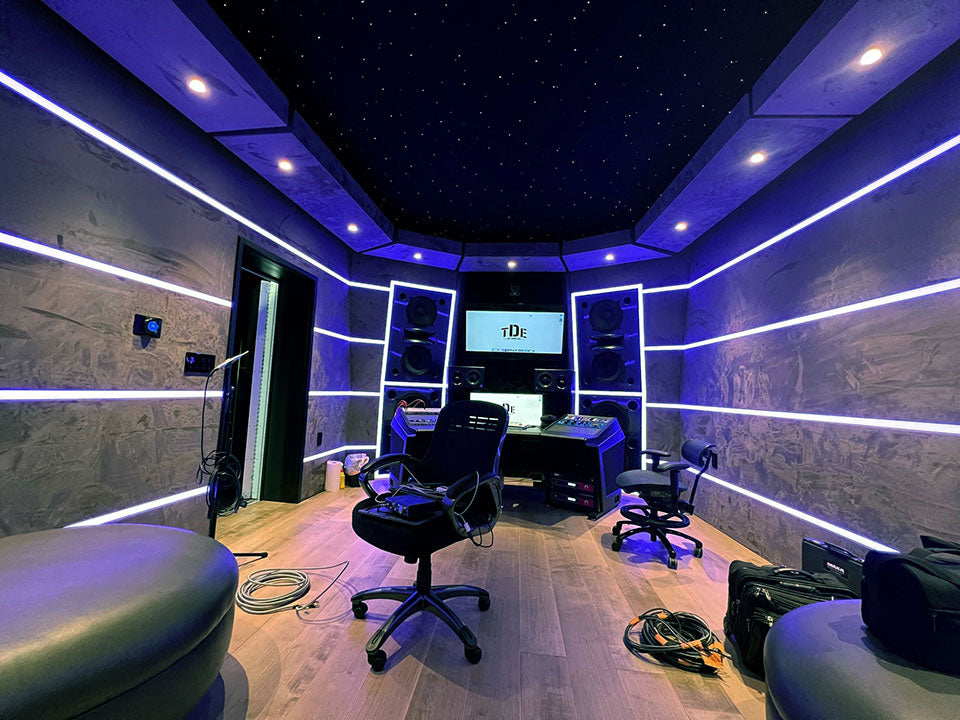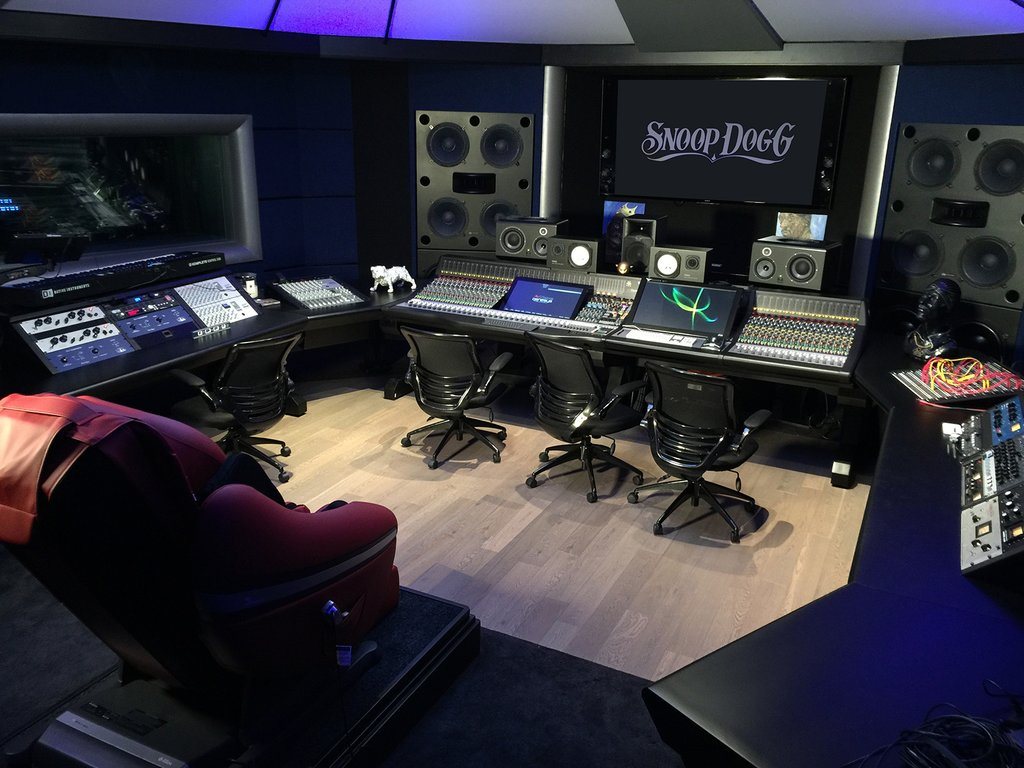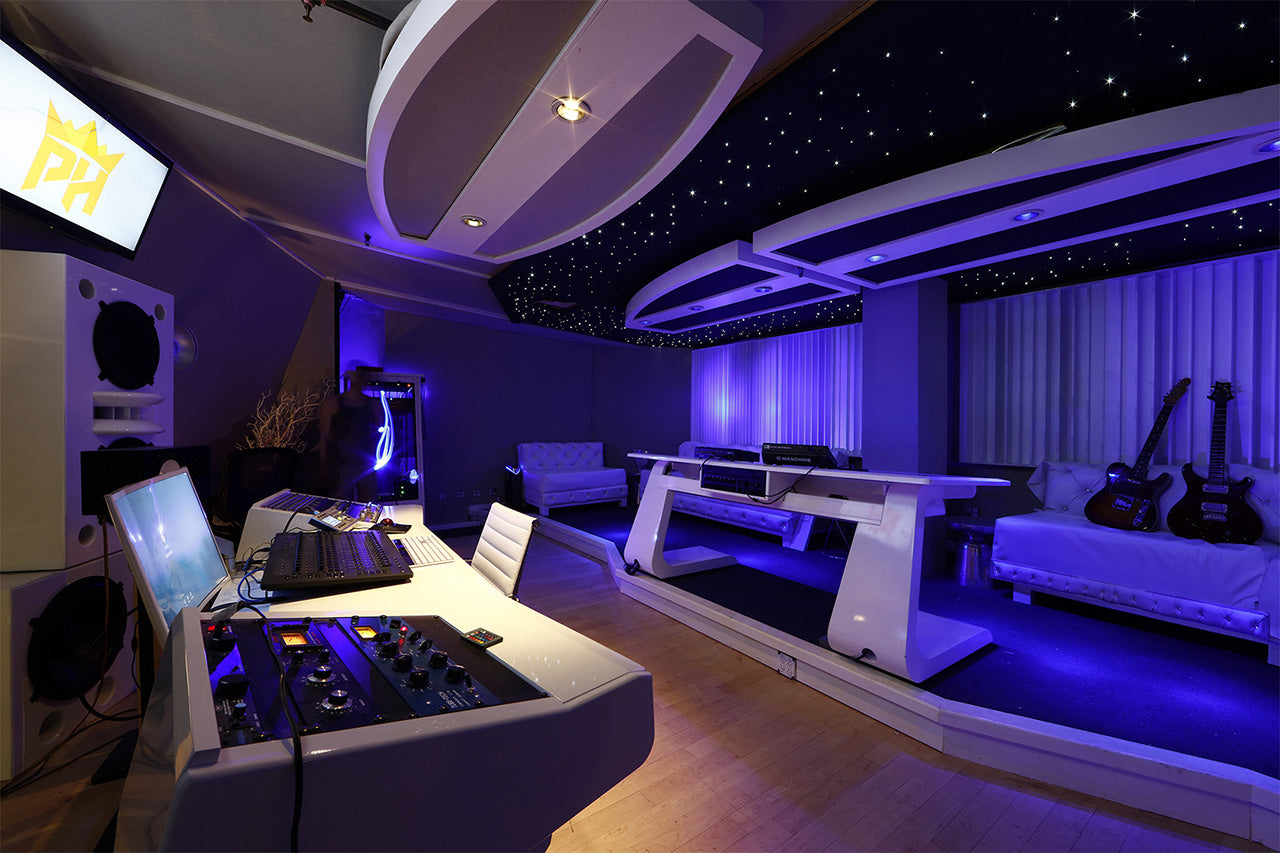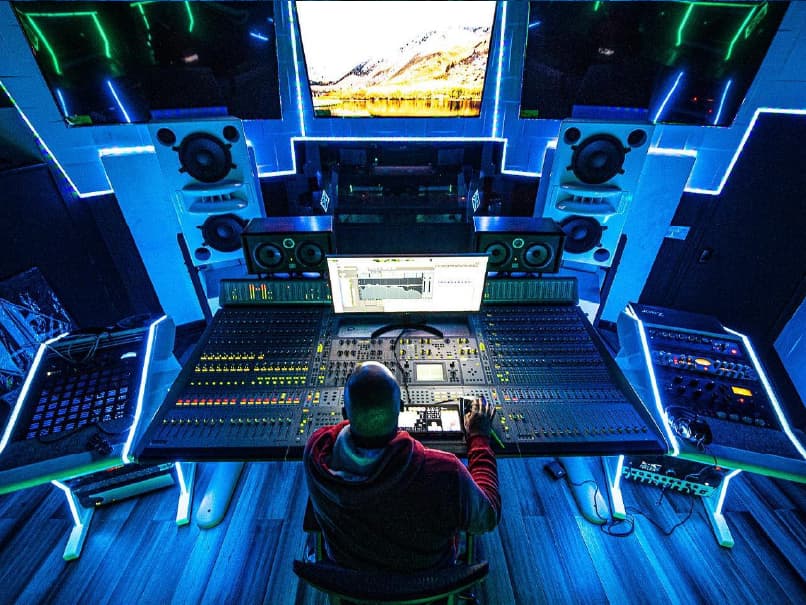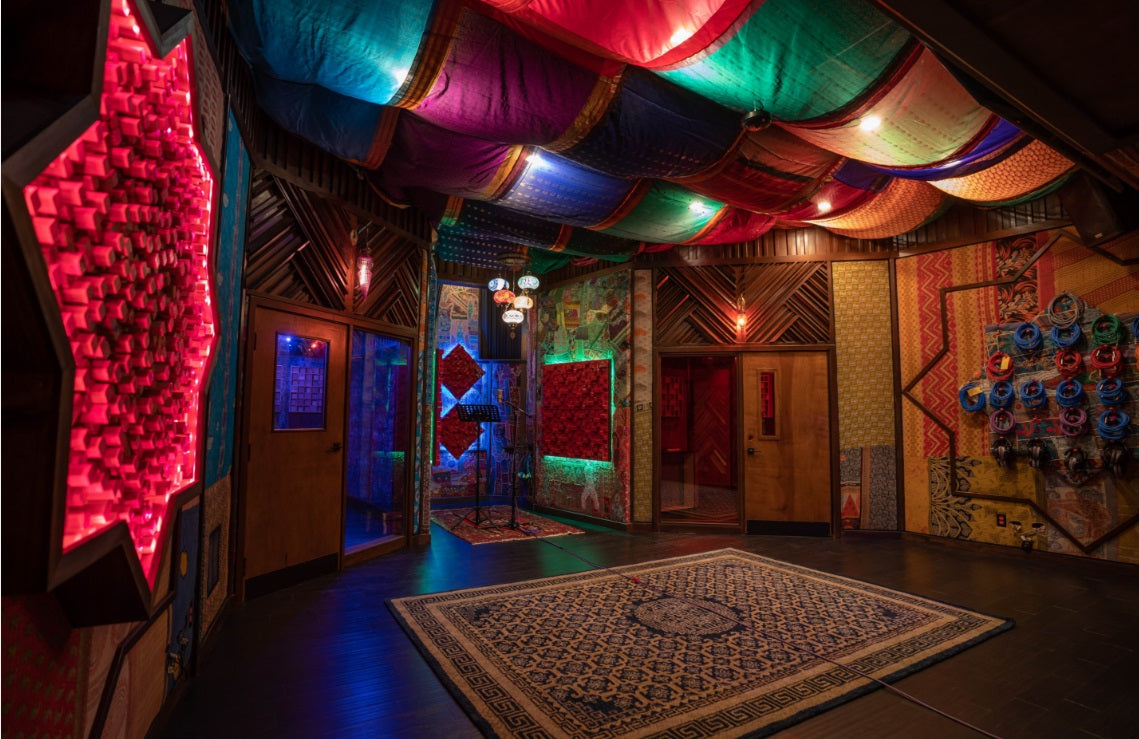Recently I had a chance to check out the new AMS Neve1073 OPX and I was duly impressed by the performance and price that this unit offers the home and professional recordist. When I first saw that Neve was offering an 8 channel 1073 mic pre with built in converters, I couldn’t wait to hook it up to my UA Apollo X8P and see how it performed. However, on closer inspection I noticed that it has two connection options, USB and Dante, but no ADAT optical connection. Hmmm, looks like I need to pursue these other choices.
First I hooked it up via USB to my Mac Mini, and it came up as an 8x2 Core Audio device. 8x2 means that in addition to the 8 channels of AD conversion from the channels to the DAW, but also 2 channels of DA coming back from the DAW. Very interesting, and with the addition of the built in high quality headphone amplifier, a very useful addition.
Hooking up the 1073OPX via USB couldn’t be easier. The converters use core audio drivers, so with a Mac it’s literally plug and play. I don’t have a PC to check how it works in that world, but seeing as AMS Neve has been supporting Windows for ages, I imagine hookup would be as easy. On Mac, it was simply a matter of selecting the 1073OPX as my core audio interface and I was off to the races with the best sounding converters I have ever used. Let me tell you, these converters are the same premium converters AMS Neve uses in their million dollar digital film and production consoles, and they are open, clear, and deep sounding. Everything you want in a converter, and nothing you don’t want.
I anticipated having issues running a USB interface alongside my (Thunderbolt) UA Apollo X8P, but none were to be found. I could easily switch between interfaces, and using the Pro Tools Aggregate Input, I was able to use them simultaneously. It just required making sure I have them mapped correctly in Audio MIDI Setup, as well as within my Pro Tools I/O configuration. Seeing how easy it was to get them to work together this way, I figured it was time to see what Dante was all about, and I’m sure glad I did.
Simply put, Dante is a way to transmit audio over a standard gigabit IP network, which in even simpler terms means that we can move multiple channels of audio over the same network we use for our phones, computers and other devices. Because networking has evolved so much, there are a number of plug+play solutions for smaller audio only networks, and Dante, or AES67 is arguably the most popular. It’s popular because it’s simple, it’s robust, and it doesn’t require a computer science degree to implement. Audinate offers free Dante Level 1 and Level 2 training online, which is all you need to be able to understand, deploy and manage a Dante network.
Yeah, OK, network blah blah blah, why do I care? Using a $50 Gigabit hub I got from Amazon, and about $20 in ethernet cables, I was able to set up a network in my studio with my recording rig in my control room, and the Neve 1073OPX in my recording room, and have 8 channels of 96K audio feeding my DAW, while also sending back a headphone mix to the high quality headphone amp on the OPX. And the kicker, with a second ethernet cable connected to the COM port on the OPX, I’m able to run the Neve Remote, which gives me full control of every setting on the OPX in a window on my computer.
As you might guess, this just opened my eyes to the potential and possibilities with Dante. Any room with a network connection can now be a connected audio room. Tracking Drums in my Atrium with the 16’ Ceilings - no problem. Tracking guitars upstairs with 2 amps on 2 separate floors? Piece of cake. Track a full band with everyone isolated from each other, but still able to maintain eye contact for hits and accents? Well, that’s a different review for different technology (which is also carried on the same IP network).
Oh, and the sound? I’m not going to add to the plethora of 1073 reviews that already exist, if you know what a 1073 sounds like, you know what this unit sounds like. It’s the exact circuit, with the same transformers and topology, but rather than noisy stepped resistor switches for the gain control, this has precise relay control of the gain steps, and all the controls are accessible remotely. Each channel has Mic, Line and DI input with a 25dB Pad and switchable impedance, so you can drive the inputs as gently or aggressively as you want. Inputs on both the front and rear of the unit allow you to have it wired into a patchbay, while also giving you front panel override inputs that can be switched between Mic, Line or DI, so you can be assured that anything from a Guitar or Bass, to a Synth or Drum Machine, to virtually any microphone can be recorded with relative ease. Standard features like phantom power, polarity and 80hz high pass filter are switchable per channel, either on the front panel or remotely using the Neve Control App.
Suffice it to say, the 1073OPX has found a permanent home in my studio, yet I’ve already determined it needs to live in its own rack so it’s able to go where I need it. Just a couple of CAT6 cables and my trusty $50 Gigabit Ethernet switch, and I have 300 feet of diversity that cost less than a single high quality mic cable.
Check out the AMS Neve1073 OPX


